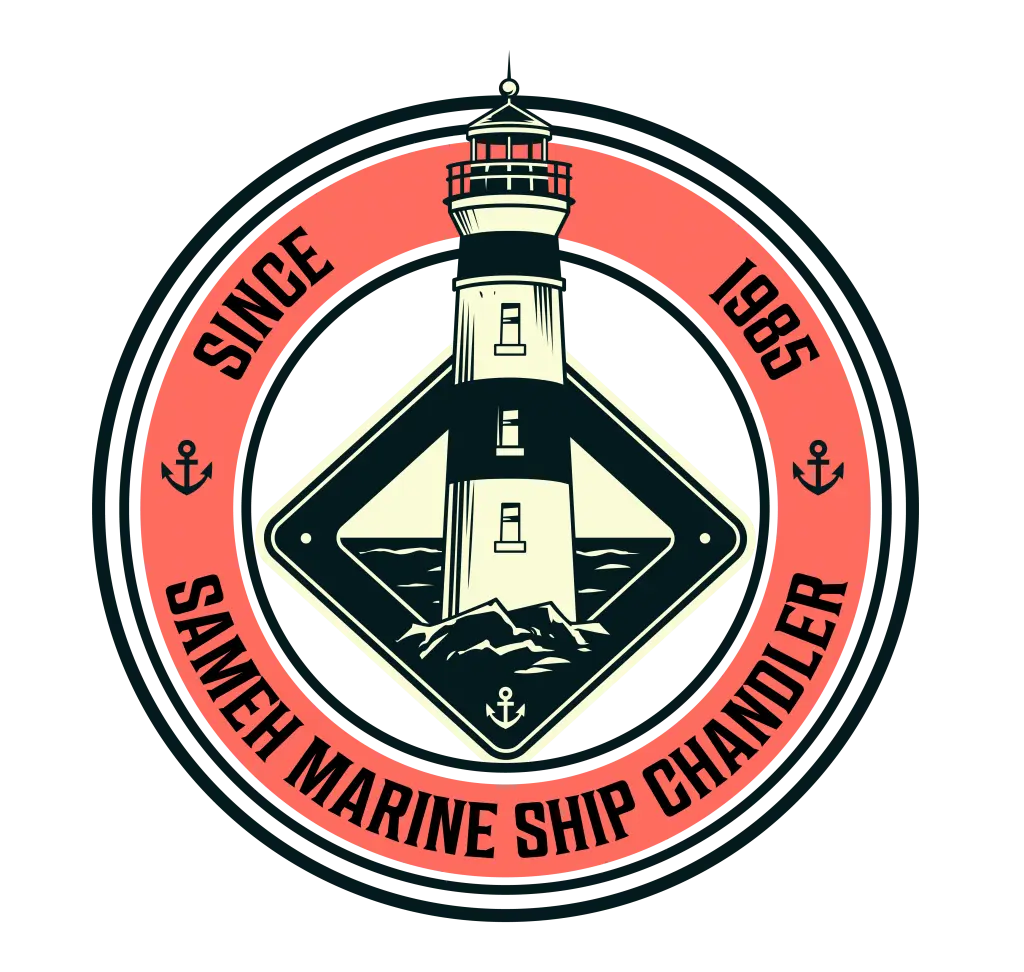Marine accidents involving hull failures have been a persistent concern for ship designers and operators. Whether it’s a crack in the midship region or a total split-off of the hull girder, the causes of such failures are multifaceted and require a deeper understanding. In this article, we search into the reasons behind hull girder failures, particularly focusing on the midship region, from a longitudinal strength perspective.
Why Ships Hull Fail?
Ships splitting off or experiencing hull girder failures can result from various factors. While fatigue is a common cause, our focus here lies on understanding the structural response of the hull girder to loading conditions. The midship region, in particular, is highly susceptible to such failures, raising questions about design flaws and operational standards.
Factors Contributing to Hull Girder Failure:
When designing ship structures, Samehmarine considers numerous factors that may affect the structural response of the hull girder. Unlike civil structures, ships are constantly supported by an “elastic foundation” (sea surface), leading to varying buoyancy distributions along the hull’s length. Euler’s Beam Bending Theory is instrumental in quantifying the structural response of the hull girder to these dynamic loads.
Understanding Hull Girder Design:
Samehmarine analyzes the hull girder as a beam, albeit with distinct characteristics from those used in civil engineering. Ships are constantly supported by an “elastic foundation” (sea surface), leading to varying buoyancy distributions along the hull’s length. Euler’s Beam Bending Theory is instrumental in quantifying the structural response of the hull girder to these dynamic loads.
Buoyancy and Weight Distribution:
The buoyancy curve of a ship, coupled with the weight curve derived from the general arrangement plan, determines the longitudinal distribution of load on the hull girder. This load curve is subject to change based on different loading conditions, such as fully loaded or ballast conditions. Loading manuals serve as guides to maintain design standards under varying conditions.
Buoyancy Curve Analysis:
| Ship Condition | Buoyancy Distribution |
| Fully Loaded | More buoyancy at the midship region |
| Ballast Condition | Altered buoyancy distribution |
Importance of Load Curve:
The load curve obtained from the superimposition of buoyancy and weight curves provides insight into the longitudinal distribution of total load on the hull girder. This distribution, depicted in Figure 2, influences the structural response of the ship and is crucial in longitudinal strength analysis.
Utilization of Euler’s Beam Bending Theory:
Euler’s theory is applied to analyze the bending aspects of ship structures, with a focus on shear force and bending moment. Shear force diagrams illustrate the shear force distribution along the hull girder while bending moment diagrams highlight the maximum bending moment occurring at the midships.
Euler’s Theory Application:
- Shear force diagrams
- Bending moment diagrams
Analyzing Shear Force and Bending Moment:
The shear force distribution on any transverse section of the hull girder reveals zero shear force at the aft end, fore-end, and midships. However, the bending moment is consistently maximum at the midships, contributing to the vulnerability of this region to hull girder failure. Designers consider the bending moment threshold with a certain factor of safety to ensure structural integrity.
Understanding Midship Failure:
Midship failures are often attributed to the maximum bending stresses occurring in this region, exceeding the material’s bending strength. Grounding incidents, resulting in unwanted load distributions and bending modes, further exacerbate the risk of hull girder failure at midship.
Case Study: MV Wakashio Incident
The grounding of MV Wakashio off the coast of Mauritius in 2020 serves as a poignant example of midship failure. The breach in the hull girder due to grounding resulted in catastrophic environmental damage, highlighting the critical importance of understanding hull girder behavior under varying conditions.
As discussed, the causes of hull girder failure at midship are complex and multifaceted. While this article focuses on the longitudinal strength perspective, it’s essential to acknowledge that other factors may also contribute to hull failures in practice.
Final Thoughts:
Understanding the intricacies of ship design and operation is paramount in mitigating the risk of hull girder failures. By adopting a holistic approach and considering various factors, Samehmarine and ship operators can enhance the structural integrity and safety of marine vessels. Explore further resources on marine engineering and Samehmarine to deepen your understanding of this critical domain.
Read more about Dry Provisions Supply
